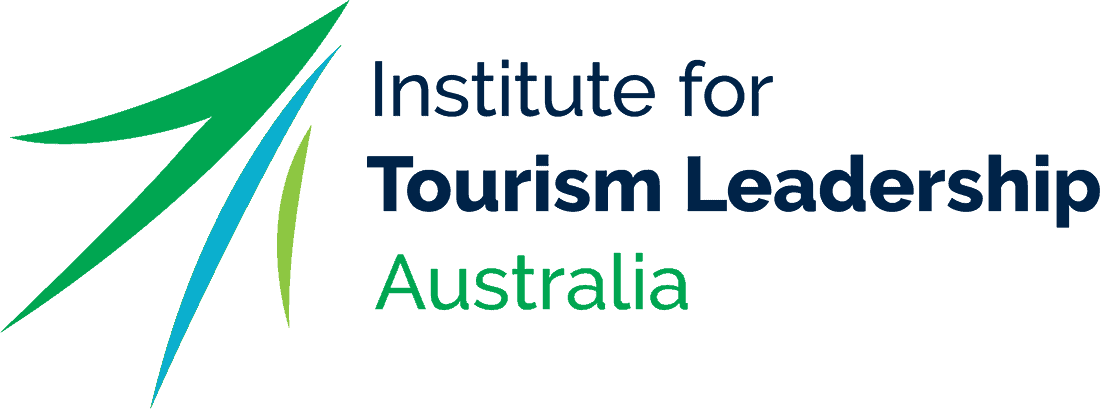Measuring and Building Community Resilience
We have embraced the idea that successful recovery recognises, supports and builds on individual, community and organisational capacity and resilience. So all three aspects overlap in our Resilience Leadership approaches. We also observed the three intersecting during various “triage” and cross sector business mentoring projects we conducted in regional Australia during Covid-19.
Community resilience is an emerging field of study particularly within the context of natural disasters and other adversities. An excellent paper by Madsen and O’Mullan highlighted:
“…the importance of social connectedness, optimism, and community learning as features of community resilience, thus supporting the importance of social capital.”
To build social capital over a long period of time rather than part of quick fixes, we designed a tool which measures four critical elements of community resilience (borrowed from Norris et al), being:
1. Social Capital – comprised of network structures and linkages, social support, community bonds, roots, and commitments;
2. Community Competence – composed of collective efficacy, collective action and decision-making, and empowerment;
3. Economic Development – access to resources to prepare, evacuate, rebuild, repopulate, organise, and engage for higher net worth and lower-income communities; and
4. Information and Communication – available, reliable, accurate, and trusted sources of information critical in all phases of a disaster, from preparedness to response and recovery.
Our early data sets and comparison of 5 regional Australian communities gathered from participants in our professional development programs, and more broadly with the help of Zeta Grealy (coffee grower, businesswoman, lifelong learner and Masters student), has shown distinct differences across the four elements and interesting geographic comparisons. At the least, these have provided a needs assessment for each region when approaching the development of resilience at a personal, leadership and community level. However, with further research, they potentially offer far greater insights for individual communities. (Graph is a 1 to 5 rating.)
Our consulting response to these gaps has been to augment our Resilience Leadership framework with two enhancements:
1. The creation of Regional Resilience Mentors through the provision of mentoring skills as the culmination for professionals completing our intensive leadership programs. The prerequisite is for participants to complete a Personal Resilience Self Coaching element, (providing self-insight, reflection and individual learning) in parallel with the other leadership training elements, with an understanding of these four aspects of community resilience. We aim to both build social capital and contribute to enhanced community efficacy; alongside
2. The encouragement of diverse, multi-sector cadres on our leadership programs to build on the above. Our belief is that diversity can lead to the development and improvement of the following capabilities that contribute to organisational and community resilience:
“…..anticipation, or the preventative aspects of resilience; coping, or the implementation of solutions and reactions to change; and adaptation, or the development of new capabilities following unexpected events.” (Duchek et al)


